1930 Penny, with a complete central diamond and strong evidence of the seventh and eighth pearls. As such, one of the best.
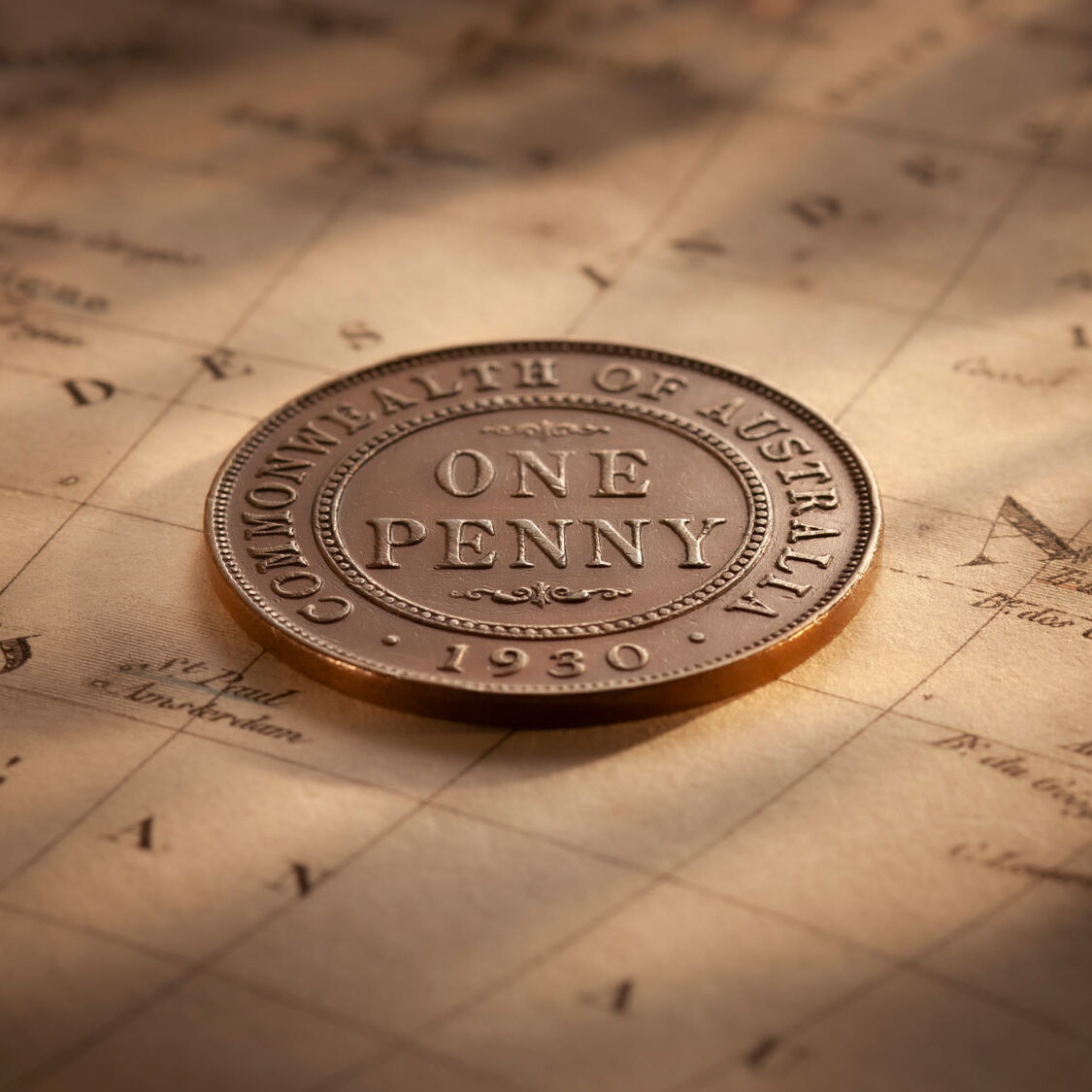
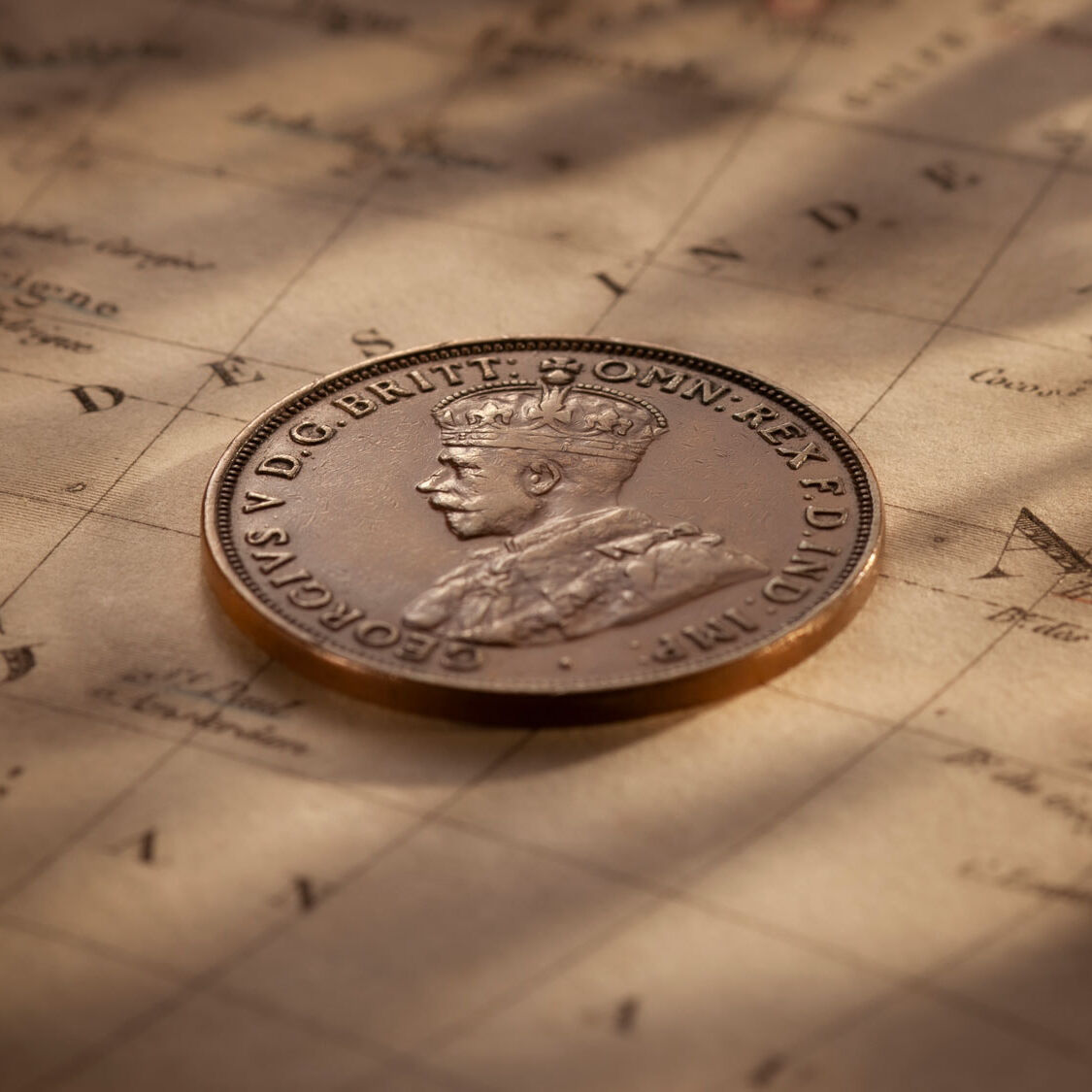
Examining a 1930 Penny is a three-point process.
1. Start off by looking at the coin in the flesh using just the naked eye. A truly great coin will always look good to the unaided eye.
This coin has strong upper and lower scrolls. The obverse and reverse fields are reflective and very smooth with even, handsome brown toning. Moving the obverse through the light you can clearly see the central diamond and a complete lower band of the crown. You also observe the strong design details of the monarch's robes.
2. Take up the magnifying glass.
The eye glass re-confirms what we have seen to the naked eye ... and much more. This coin has a full central diamond that leaps out and knocks you in the eye. The oval to the left of the central diamond is intact. With most 1930 Pennies the oval is only partially evident.
When a coin enters circulation, the first signs of wear occur to the high points of the design. In the case of the 1930 Penny, those points are the seventh and eighth pearls in the crown and the central diamond. With this 1930 Penny there is a full central diamond and traces of the seventh and eighth pearls. The presence of the elusive seventh and eighth pearls places this 1930 Penny in the ‘extremely rare’ category.
3. And lastly, take another look with the naked eye just to make sure that you have taken everything in.
The final assessment of this 1930 Penny confirms that it is a great coin and passes our three-point assessment with flying colours.
Reasons why collectors love the 1930 Penny.
One of the prime reasons for the popularity of the 1930 Penny is its financial reliability. It is a solid coin. And in times such as we are experiencing in 2020 with worldwide financial upheavals, this genuinely counts.
In fact we would go one step further and say that over the long term the 1930 Penny has probably been one of our most consistent and trustworthy numismatic performers.
The 1930 Penny is the nation’s glamour coin and is unrivalled for popularity, enjoying a constant stream of demand unmatched by any other numismatic rarity.
It is an industry phenomenon, for in a market that is quality focused it is interesting to note that the 1930 Penny is keenly sought irrespective of its quality ranking.
And growth over the mid to long term has been significant across all quality levels.
Well circulated (Fine) 1930 Pennies were selling for £50 in the 1950s. A decade later, by decimal changeover, the coins were fetching £255 ($510). By 1988, Australia's Bicentenary, a Fine 1930 Penny had reached $6000. The turn of the century saw 1930 Penny prices move to a minimum of $13,000.
And with a 100th anniversary a decade away, the push to acquire Australia’s favourite Penny is really on.
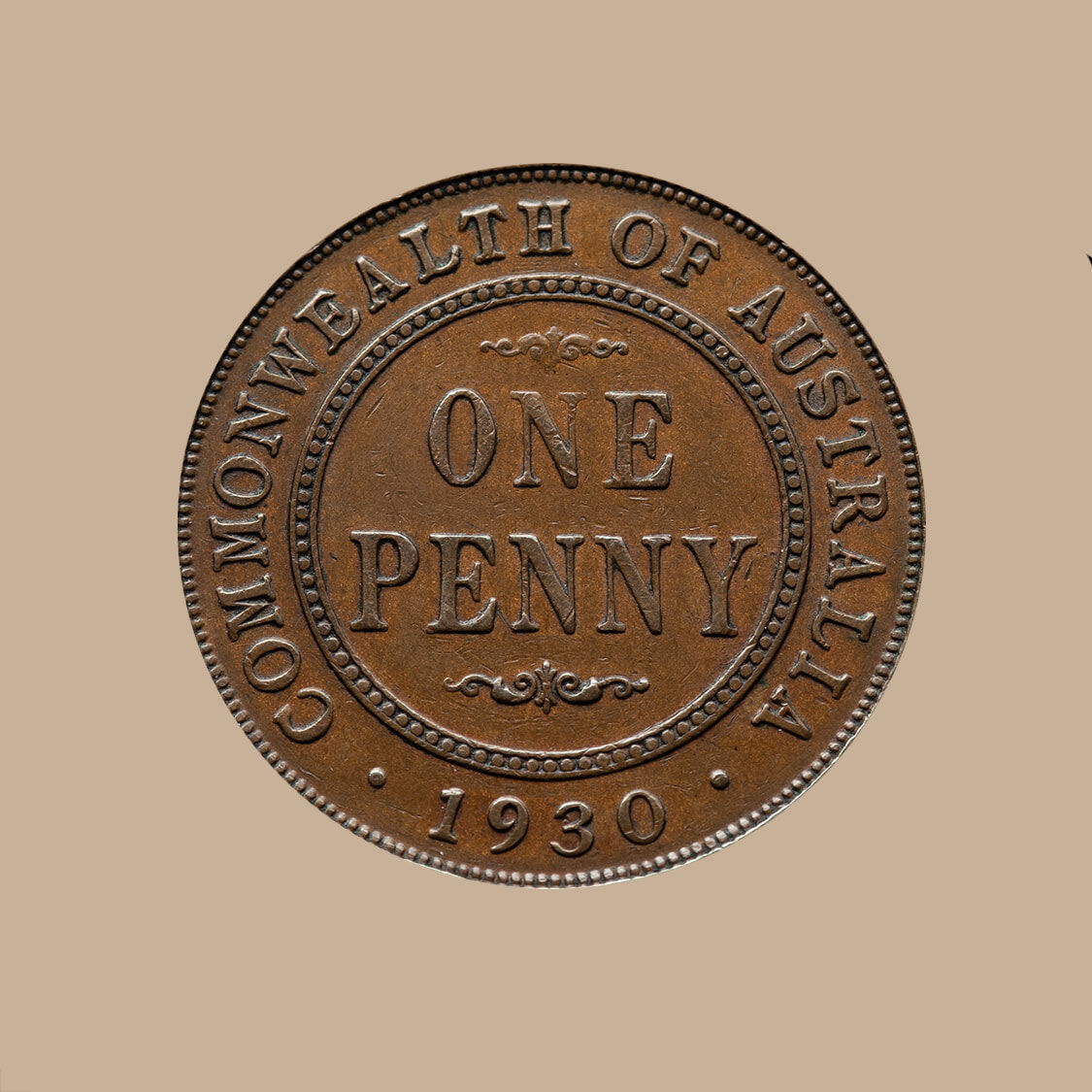
Reverse with strong upper and lower scrolls, well defined inner beading and handsome toning.
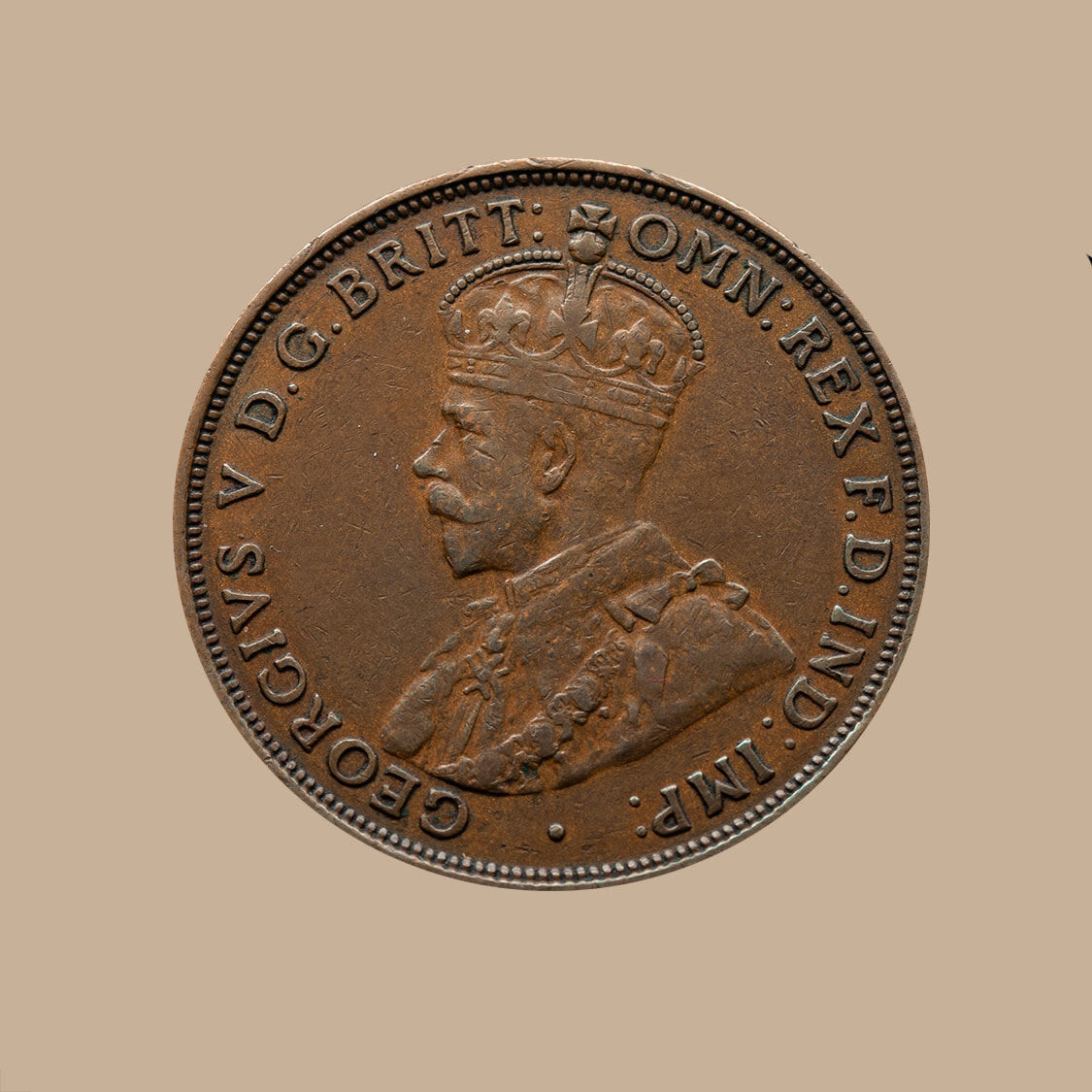
Obverse with full central diamond and strong evidence of the rarely-ever seen seventh and eighth pearls. Also a complete lower band on the crown.
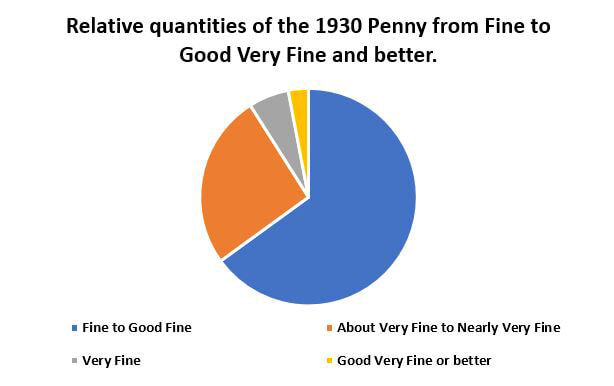
© Copyright: Coinworks
